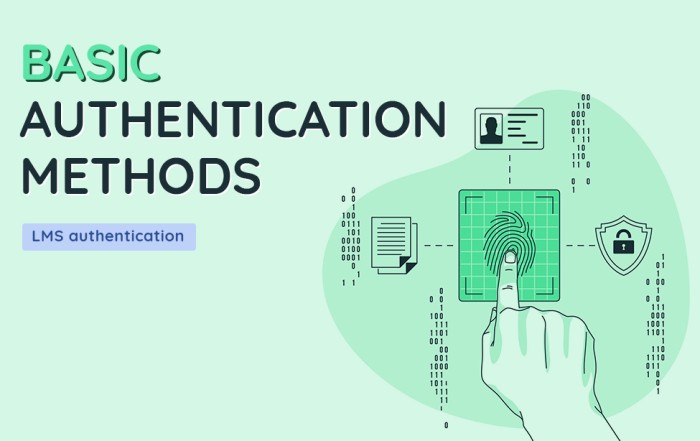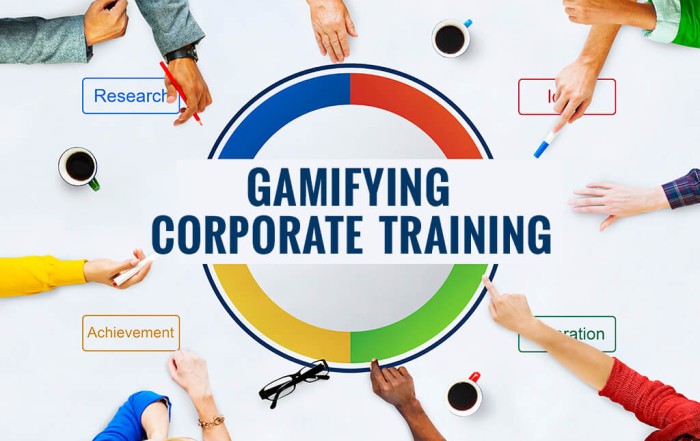The Importance of Engaging Content in eLearning

Digital learning is fast becoming an integral part of the educational process. It is no longer a nice-to-have facility but rather a necessity in the post-COVID-19 world. With an increasing number of educational institutions, both public and private transitioning to eLearning to ensure learning continuity, the quality of digital learning content, its delivery, and effectiveness assumes top priority. To develop and deliver online learning programs in an interesting manner, content developers and teachers need to understand the significance of engaging content in remote learning.
How Engaging Content Can Make a Difference in Virtual or Remote Learning
Keeping students engaged in the learning process is important for the learning experience to be meaningful. In a traditional classroom, it is the responsibility of the teacher or trainer to make daily classes or lectures engaging; drawing and retaining student attention and thereby enabling them to better understand a lesson or concept.
In virtual or remote learning, which is student-centric, teachers do not drive the learning process but rather facilitate it. For the major part, online courses and training programs are self-paced and it is the learning material and the way it is structured or presented that ensure student engagement. In case of live lectures or classes though, the onus shifts back to the trainer.
Usually, virtual learners are given access to digital training material on enrollment. There is no teacher to supervise daily learning. In such a scenario, the content must be able to (some extent) fill in for the teacher by:
- Tapping the curiosity of the learners
- Encouraging them to explore lessons or concepts further
- Allowing them to test their understanding in a fun yet serious manner
- Enabling them to compare notes and share learning with other course participants
- Facilitating participation and involvement
Digital content, at the end of the day, must make it possible for aspirants to achieve their learning objectives when they complete a training program or online class.
Key Characteristics of Engaging Content
Creating engaging content is an art that is mastered with practice. Knowing what differentiates engaging content from pages of verbose text is crucial to presenting learning material more appealingly. Here are some significant features that are worth noting.
- Visual appeal
Even the most compelling of content may repel avid readers if not presented well. Digital content must be easy on the eye, allowing learners to navigate through the lessons without feeling the strain of having to move on to the next page. The use of relevant pictorial elements, infographics, audio-visual clips to complement texts that explain concepts or theories not only make learning fun but also support different learning styles.
- Relevant and Concise
Crisp content presented in simple language often draws the attention of learners. Subject-specific terminologies and jargons are of course exceptions, but the language must be in tune with the target audience’s level of understanding or subject expertise. Concise, short-pieces of content prove more engaging as they cater to the average attention span of learners . They also facilitate better assimilation and recollection of knowledge.
- Interactivity
It is the interactions in a traditional classroom that make daily lessons fun and engaging. Interactivity encourages participation and involvement, keeping students interested in the learning process. Digital content presented in multiple formats promotes learner engagement by supporting different levels of interactivity:
• Basic navigation through the course.
• Option to explore additional content (listen to podcasts, watch videos, etc.,)
• Simple and advanced animated content.
• Gamified learning and simulations
- Self-assessments
Training programs and online classes that intersperse learning material with practice sessions or exercises for learners to test their understanding of each lesson, topic, or concept prove more engaging when compared to those that do not facilitate self-assessments. Learners tend to be more confident and enthusiastic about progressing through the course curriculum if they have the chance to test and hone their knowledge and skills before taking tests or exams administered by the educational institution.
- Scope for Exploration
In addition to addressing the requisite academic curriculum, engaging digital content opens up other interesting and exciting avenues of learning. Linking out to relevant authoritative external sources such as websites, videos, and lectures from the standard course material enable learners to expand their knowledge.
Healthy competitions and rewards make the learning experience more fun and fulfilling, gently goading avid learners to play catch-up. Surprise challenges and rewards at different levels of the training also up the engagement factor.
Applying key principles of Instructional Design to keep learners involved.
Authoring eLearning content that keeps learners engaged and motivated is no easy task. Course creators and teachers can tackle this challenge by applying tried and tested principles of Instructional Design (ID) that is backed by extensive research. While established educational psychologists and instructional design experts have come up with diverse approaches to ID, the Nine Principles (Events) of Instructional Design by Robert Gagné proves to be a valuable guide for content creators to structure their courses:
1. Gain attention.
2. Inform learners of objectives.
3. Stimulate recall of prior learning.
4. Present learning material.
5. Provide learner guidance.
6. Elicit performance.
7. Provide feedback.
8. Assess performance.
9. Enhance retention and transfer.
Gagné’s principles span different stages of learning:
- The initial stage requires drawing the learner’s attention, setting clear expectations and preparing the learning foundation
- Next in line is delivering course content, offering support and guidance, facilitating learning and practice
- This is followed by assessing performance and promoting knowledge retention and recollection
When course creators effectively adapt or incorporate these nine events to prepare digital learning material, the content not only becomes more engaging but also more meaningful as learners move through each lesson imbibing knowledge and building on it systematically.
Authoring and delivering online classes or training programs on a feature-rich Learning Management Platform is bound to help course creators explore different content-types and use them effectively to build a lively rapport with the learners throughout the course duration. Communication and interaction at each stage of the course or program are vital to ensure learner participation and involvement, enhance motivation, as well as encourage performance.




